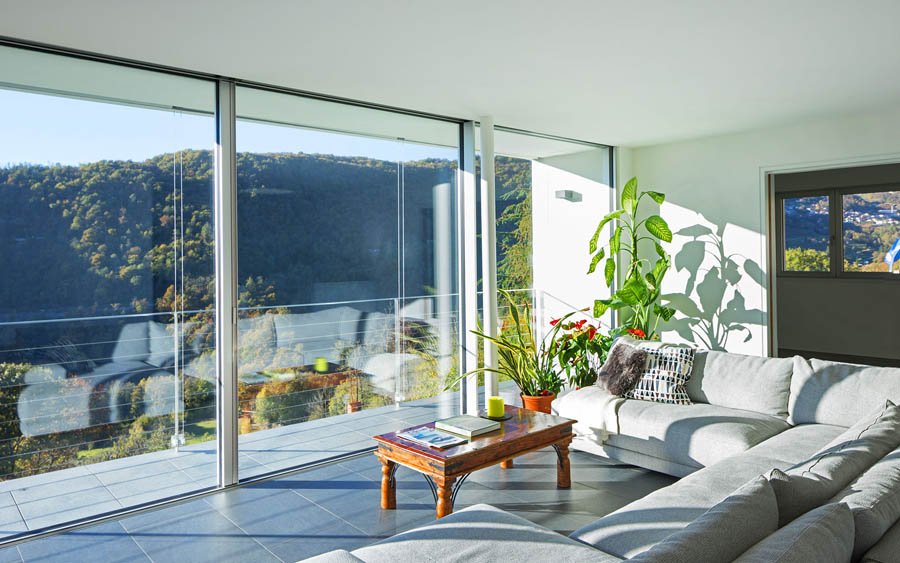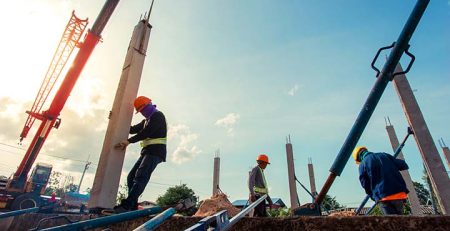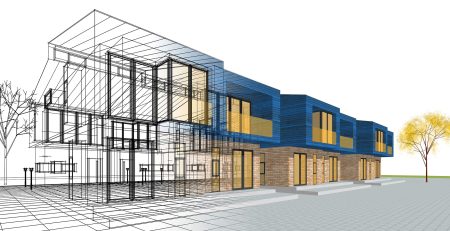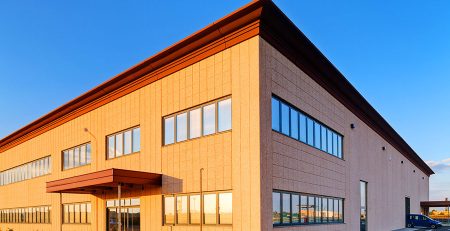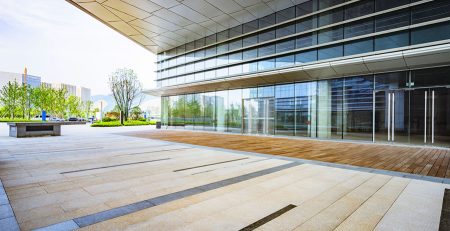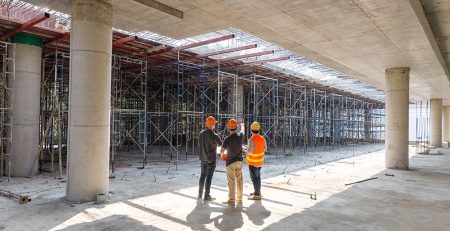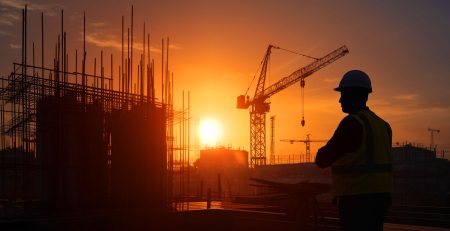How Do Building Materials Affect Indoor Air Quality?
Walk into a new building, take a deep breath—what do you smell? Fresh paint? New carpet? That strangely crisp yet chemical-laden scent of “brand new”? It’s not just a smell. It’s a cocktail of airborne particles, some harmless, others insidious. The materials we build with have a silent yet powerful influence on the air we breathe indoors.
Off-Gassing – The Invisible Polluter
Many building materials release volatile organic compounds (VOCs) into the air, a process known as off-gassing. Some VOCs are relatively benign, but others—like formaldehyde—can cause headaches, respiratory issues, and long-term health effects.
Common culprits?
- Paints and finishes – Ever wonder why fresh paint makes you lightheaded? That’s VOCs at work.
- Pressed wood products – Those sleek cabinets and bookshelves? They might be releasing formaldehyde.
- Carpets and adhesives – A soft floor underfoot, but at what cost? Some carpets trap VOCs and slowly release them over time.
Ventilation helps, but some of these chemicals linger for months, even years.
Moisture, Mold, and the Hidden Enemy
A beautiful wood floor, a carefully sealed wall—both can betray you. If a material traps moisture, it becomes a breeding ground for mold. And mold? It’s not just an eyesore.
- It releases spores that irritate lungs.
- It thrives in drywall, insulation, and wood if they absorb too much humidity.
- It grows unnoticed behind walls, under flooring, inside ceilings.
Choose moisture-resistant materials—properly sealed concrete, mold-resistant drywall, natural fiber insulation. And always, always control humidity.
Natural vs. Synthetic – A Battle for Breathability
Not all materials are created equal. Some let a building breathe, while others suffocate it in synthetic stagnation.
- Natural materials like solid wood, stone, and clay-based plasters absorb and release moisture, maintaining a balanced indoor climate.
- Synthetic materials like vinyl flooring, plastic-based insulation, and chemical-treated wood can trap pollutants inside.
What’s the better choice? The answer isn’t always simple. Cost, durability, and maintenance all factor in. But when in doubt—go natural, or at least low-toxicity.
Radon – The Silent Threat Below Your Feet
Some materials bring an unexpected passenger into your home—radon gas. This radioactive gas seeps from the soil into buildings through concrete, stone, and even some natural stone countertops. Long-term exposure? Bad news. Lung cancer risks rise.
The solution? Test for radon. Seal cracks. Improve ventilation. Stay ahead of the invisible.
How to Make the Air You Breathe Healthier
- Choose low-VOC or VOC-free paints, finishes, and adhesives.
- Opt for solid wood over pressed wood whenever possible.
- Use mold-resistant drywall in moisture-prone areas.
- Install proper ventilation and air purifiers to reduce pollutant buildup.
- Test for radon, and if necessary, install a mitigation system.
Conclusion
Buildings aren’t just structures. They’re living environments, constantly exchanging air, absorbing and releasing particles, shaping the quality of every breath. The next time you renovate, build, or even rearrange, ask yourself—what’s this made of? And what’s it releasing into my home?

